Resilience edited by Eric Nguyen is a collection of essays, poems, stories, and advice for young gay, lesbian, bi-sexual, and transgender teens and young adults, but there are lessons in these stories for everyone, including those that bully, talk down to, or otherwise belittle people. The world would be a much better place if we were secure in ourselves and didn’t give others’ hate speech the credence that we do or given them the power over our own lives, but those of us who need support, deserve a system of people and community willing to stand up for others.
The collection has some powerful short stories and inspiring essays, and there are poems that demonstrate the pain, confusion, and bullying that LGBT teens experience daily. It is both heartbreaking and inspiring. There are letters to the younger self, plays, monologues, and more. While some of these cry out the injustices experienced by the writers or their characters, others share the regret of not stepping forward to defend their friends and family from bigots and those narrow minded people who tortured and ostracized others because they were different.
From When the Bully Apologizes by J.J. Sheen(page 79):
“Something about the stillness of sitting there in the dark with Marie’s hand all wrapped up in mine made everything boiling inside me fall out and I started crying in a way that I had never allowed myself to. I tucked my head into my hands and felt like I might be stuck that way forever. I felt so embarrassed and exposed and wrong and sitting next to the only person who really knew me, I felt lonelier.”
Emma Eden Ramos, whose poetry collection Three Women: A Poetic Triptych and Selected Poems was nominated for the 2011 Indie Lit Awards, offers a genuine short story, “Where the Children Play,” that will have readers by turns anxious and hopeful. These are the stories readers will cling to, hoping that the world will begin to emulate the acceptance and the unconditional love in these pages. Readers may have a tough time reading the collection cover to cover, but its meant to unsettle conventional thoughts and open readers’ eyes to the struggles of LGBT teens as they struggle to find themselves and “come out” to their friends, parents, and loved ones. Although they may accept themselves, telling someone who has a different perception of you is a conversation wrought with fear and longing.
Resilience edited by Eric Nguyen is a collection for not only the community it represents in its stories, poems, and essays, but also for those of us who need to be reminded that these teens are people struggling with issues that go beyond what clothes to wear and what activities to engage in at school and outside of it. For those without role models or who live in cloistered families with traditional beliefs, this can be restrictive and even more difficult to overcome.
For those in NYC:
On March 17 at 3-5PM, an Open Mic night will be held for contributors to the collection at WordUP Books.
For more information about the Resilience project, visit the blog.
This is my 13th book for the 2012 New Authors Challenge.




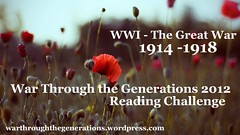

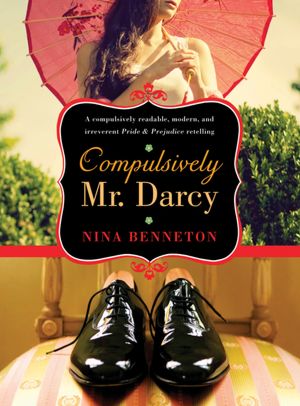
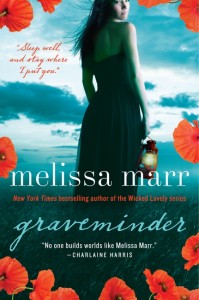
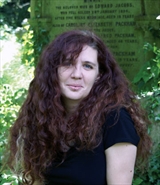 About the Author:
About the Author:


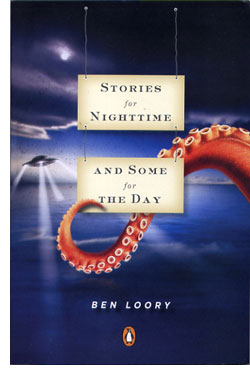

 About the Author:
About the Author:


